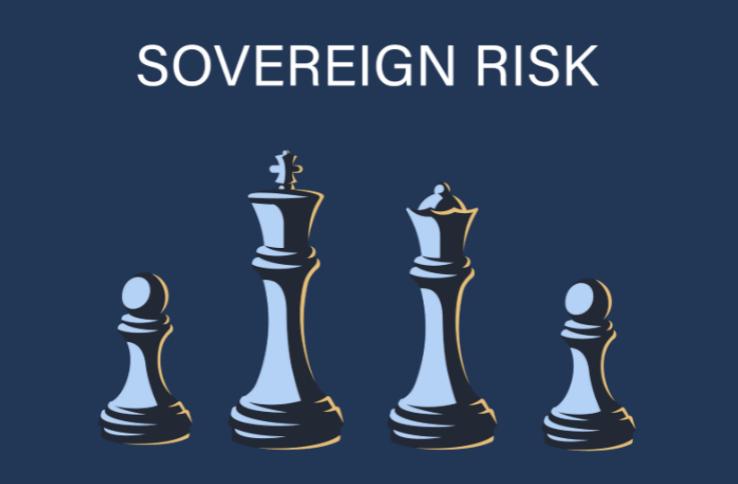For many investors, investing globally is an important way to spread risk and improve returns. At the same time, many investors' overseas investment plans have not been implemented due to various constraints, such as lack of experience, unfamiliarity with the country to invest, and a daunting amount of information. To address these issues, this article will provide some approaches to risk assessment by interpreting basic country information.

Sovereign Risk
Whether you are an equity or bond investor, it is necessary to understand the sovereign risk of the country invested. For example, when we want to invest in an overseas company, sovereign risk assessment can help us understand the macroeconomic environment in which the company operates. As for the investment in foreign national debts, sovereign risk analysis will shed light on the economic situation and strength of the country, so that we can predict the return of the national debt of the country. After all, treasury yields depend on the country itself and the future growth and returns of that country's economy.

However, as the most widely used assessment method at present, the time and resources required for sovereign risk assessment are so huge that they are prohibitive for ordinary investors. At present, such analysis is mainly done by experts in related fields. They would start from calculating a country's debt ratio, import-export ratio, and changes in money supply, and then integrate other countries' fundamental information to assess the future trend of a country. It is conceivable that if we complete these tasks independently, we will spend a lot of time and energy. Therefore, we recommend that investors use some accessible indicators and leave the data analysis to organizations that focus on country risk ratings. In this way, we can have more time to study about investment.
Eurozone Country Risk
First, we can use the Eurozone Country Risk Survey to assess the sovereign and political risks of these countries. The Eurozone Country Risk Survey covers 186 countries and details the level of investment risk in these countries. A perfect score of 100 means there is zero risk in investing in the country.
Typically, the Eurozone Country Risk Rating (ECR Rating) consists of two parts, qualitative analysis (with a weight of 70%) and quantitative analysis (with a weight of 30%). Qualitative analysis is based on experts' assessments of countries' political risk, economic structure and economic performance, while quantitative analysis is based on debt indicators, capital market access and credit ratings. Qualitative and quantitative ratings are listed separately, so if you don't agree with the 70/30 weighting, you can set a weighting yourself.
Economist Intelligence Unit
Another commonly used credit rating source is the Economist Intelligence Unit (EIU). EIU is the research institute of The Economist magazine, and its most famous research achievement is the national risk rating service. The ratings cover more than 100 countries and regions and focus on the risk levels of those "emerging high debt" markets. Similar to the ECR rating, the rating also consists of two parts: economic and political risk, with a full score of 100. However, unlike the scoring method of the ECR rating, the higher the score in the EIU rating, the higher the sovereign risk.

One of the strengths of EIU ratings is that they update data on a monthly basis, so we can capture future economic trends earlier than those with longer update cycles. In addition, the EIU ratings can provide investors with more analytical information and an outlook on the country's economy over the next two years based on several key indicators. So if you want to know how a country is going in the future, the EIU is a pretty useful tool.
Although the resources and time at hand are very limited, with the help of methods mentioned above, investors can make a list of optional countries to diversify their investments more effectively. Each approach has its own pros and cons, so it's best to look at the data before making a decision.




